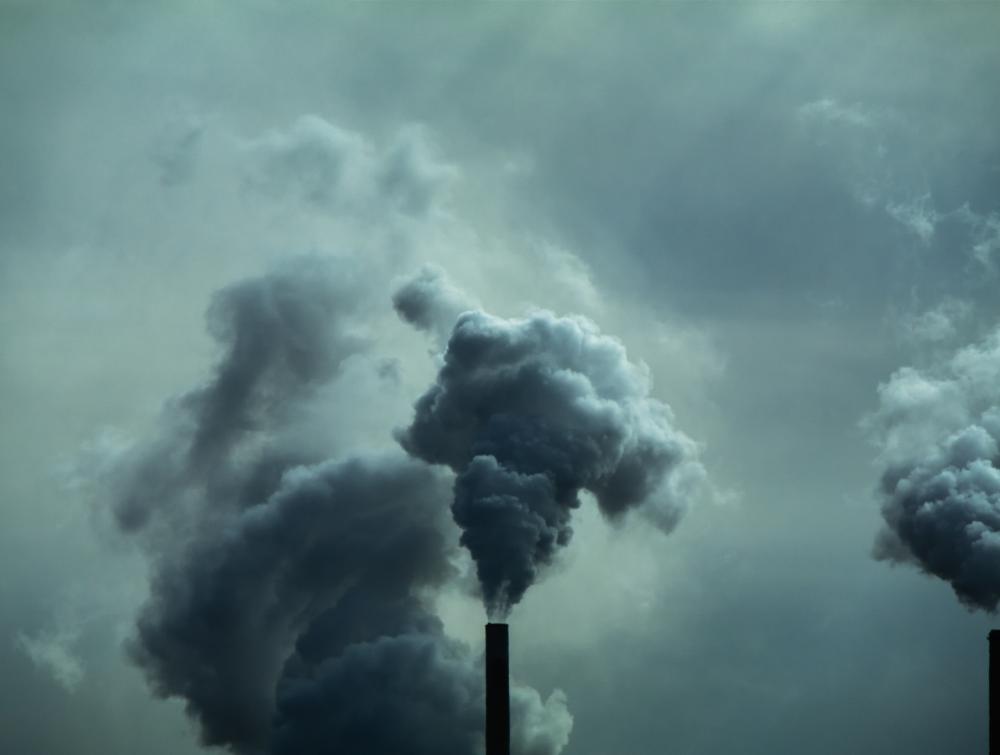Report: We have 10 years to make a difference in climate change

Coal plant.
Rich, flickr
New findings show what it will take to stay below the critical threshold
Last week the international climate science community put out a report on what the world would look like if we took action to stay below the 1.5 degree Celsius ceiling.
This ceiling is what climate science says is our best chance to avoid catastrophic warming.
Put simply, we have 10 years to change the way we produce and use energy, grow and consume food, and develop lands.
To do that, the world must immediately make extraordinary changes in transportation, energy, land use, building infrastructure and industrial processes. Other finds:
- Reduce world coal consumption by one-third, along with no more coal leasing.
- No new fossil energy leases, given current technologies.
- Global investments in carbon capture and storage technologies are needed for fossil fuel power plants.
- Curtail climate super pollutants like methane that cause dramatic warming increases.
- Dramatically expand renewable energy deployment from its current level of about 25% to more than 70% of global electricity production.
- Develop and deploy technologies to pull carbon out of the atmosphere. These technologies do not currently exist at scale.
- Rely heavily on healthy ecosystems to help us draw more carbon out of the air.
- The longer we wait, the more extreme and costlier the potential solutions become. Engaging in meaningful efforts to reduce emissions now extends the amount of time we have to meet our climate goals and reduces our financial burden.
This report also has huge implications for our public lands:
- We need to measure and take immediate steps to reduce emissions, particularly methane, at existing energy production facilities. We also need to step up renewable energy deployment.
- We must fight policies that allow taxpayer-owned fossil fuels to be sold at below-market rates, extending the production life of leases and the producing life of power plants.
- Collaborative landscape-level conservation matters. We must engage in more partnership efforts.
- We need to develop a pathway to manage the decline of carbon-intensive energy production in a way that is politically feasible, legally viable and fair to local communities.
- We need smarter landscape management and conservation approaches that increase the health and resilience of our forests and public lands.
These findings mean that our work at The Wilderness Society to conserve public lands is more important than ever, and that we need to keep working to lower emissions from public lands. Read more about how this report impacts public lands.
